While more than 50,000 F&B stores closed nationwide in the first half of the year, according to a report from iPOS.vn, a series of cheap milk tea stores with prices ranging from only 6,000-7,000 VND/cup have sprung up like mushrooms.
The cost of a cup of milk tea must be at least 10,000 VND/cup.
According to Dan Tri newspaper reporters, Ho Chi Minh City currently has dozens of super cheap milk tea brands, named Hong milk tea Ba Co Gai - Tam Hao, Vien Vien milk tea, Chau Vien milk tea, Phi Phi milk tea...
This new model has been appearing densely on busy streets in Gia Dinh ward, Phu Nhuan ward, Nhieu Loc ward... The advertised price on the sign is only 10,000 VND/cup, 7,000 VND/cup and even buy 3 cups get 1 free (equivalent to more than 5,000 VND/cup).
Cheap and convenient, milk tea at 7,000 VND/cup attracts long lines of students and office workers to enjoy. “The taste is common but not bad at all,” Thanh Hien (born in 2002, living in Binh Thanh, HCMC) shared.
However, with such a low price for a product, many elderly people are concerned about the quality. Meanwhile, businesses are confused about a strongly devalued market.
Ms. Nguyen Phi Van, a franchise expert in the F&B field, believes that the Vietnamese milk tea market is in a "stirring" phase, and is expected to take about 7-10 years to stabilize.
“After the tipping point, the market is undergoing a strong purification. As we all see, there are brands that were once very popular that have disappeared, there are brands that have had to sell themselves… Only sustainable brands remain. And this purification continues,” the expert shared.
However, with the price of 7,000 VND/cup of milk tea, Ms. Phi Van is also worried. According to her estimate, the input cost of a basic cup of milk tea is more than 10,000 VND/cup.

The price of a cup of milk tea is at least 10,000 VND/cup (Photo: DT).
The saving mentality continues, milk tea at 7,000 VND/cup will still be "on display" for at least the next 6 months
From a business perspective, Mr. Nguyen Do Anh Quan - Director of iPOS.vn brand - said this is a funnel-opening pricing strategy. The super cheap price is just the "bait" to attract traffic, while revenue and profit come from toppings, side dishes, and combos - where consumers are willing to pay more.
According to the survey, 65% of diners are willing to try low-cost products, showing that this model has great appeal. However, Mr. Quan emphasized that the core of the super-cheap model does not lie in promotions but in supply chain efficiency and operational discipline. That is the ability to standardize raw materials, control loss, design a streamlined menu and operate quickly. When capacity is stable, fixed costs are diluted, helping to maintain positive profits despite low listed prices.
Urban areas with a large number of workers and students such as Binh Duong , Dong Nai, Can Tho, Da Nang, Hai Phong, Bac Ninh are considered suitable for replicating this model, if they ensure a cluster supply chain, training and synchronous quality control. However, franchising should only be granted when businesses strictly control their supply sources and operating processes to avoid "virtual explosions".
According to a report from this unit, the prospect for at least the next 6 months is that the saving mentality has not cooled down while many brands continue to increase prices, which will open the door for the super cheap model to have the opportunity to gain more market share in the low-end and mid-range segments.
"Only units that maintain three pillars: sustainable cheap supply, fast and clean operation, and good enough experience, can turn price advantage into long-term advantage. On the contrary, short-term boom and then decline is a common scenario in these models," Mr. Quan warned.
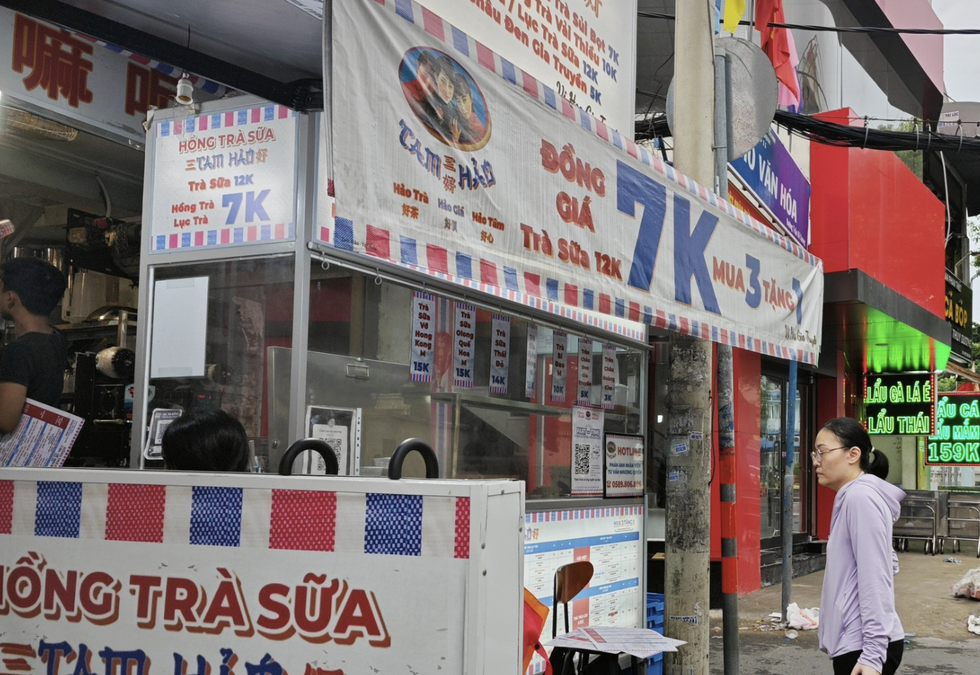
For at least the next 6 months, the saving mentality will not cool down, super cheap milk tea will still have a place to "show up" (Photo: DT).
It seems paradoxical, but behind it is always a business principle.
Sharing the same opinion, Mr. Hoang Tung - F&B expert and Founder of FoodEdu Academy - said that the appearance of cheap milk tea in the market is a paradox for anyone who looks at it. But there is always a reason behind it.
Mr. Tung explained that with brands that sell at super low prices, the first thing to understand is that they are following the funnel pricing model, which means that there will be very cheap products that are "bait" products, with the nature of opening the sale. For example, the Mixue brand previously also had a similar "bait" product, which was 10,000 VND ice cream.
Second, the models sell at super low prices because they optimize many costs, including premises costs because they usually sell takeaways and rent small kiosks. This model also optimizes staff costs (usually only one salesperson)...
Finally, Mr. Tung said that because these brands only focus on low-income customers, the initial investment capital (outside of the cost of premises and staff) is also much lower than that of normal milk tea shops.
“In my opinion, with the frequent appearance of this super-cheap price model, in the short term there will be a conversion of customers to new brands. Brands like Chau Vien, Vien Vien... they are using a low-price strategy to reduce barriers to market entry.
Accordingly, the market will see a wave of competition in the low-price segment. As for the impact on higher price ranges, in reality, display brands such as Phe La, Katinat… still have a good position in the market,” the expert emphasized.
Because the milk tea market has been developing for a long time. Along with the "fever" of food delivery, there was a period when Mr. Tung personally knew many milk tea shops that sold a huge amount of orders. In recent years, the market has gradually cooled down and is moving towards purification.
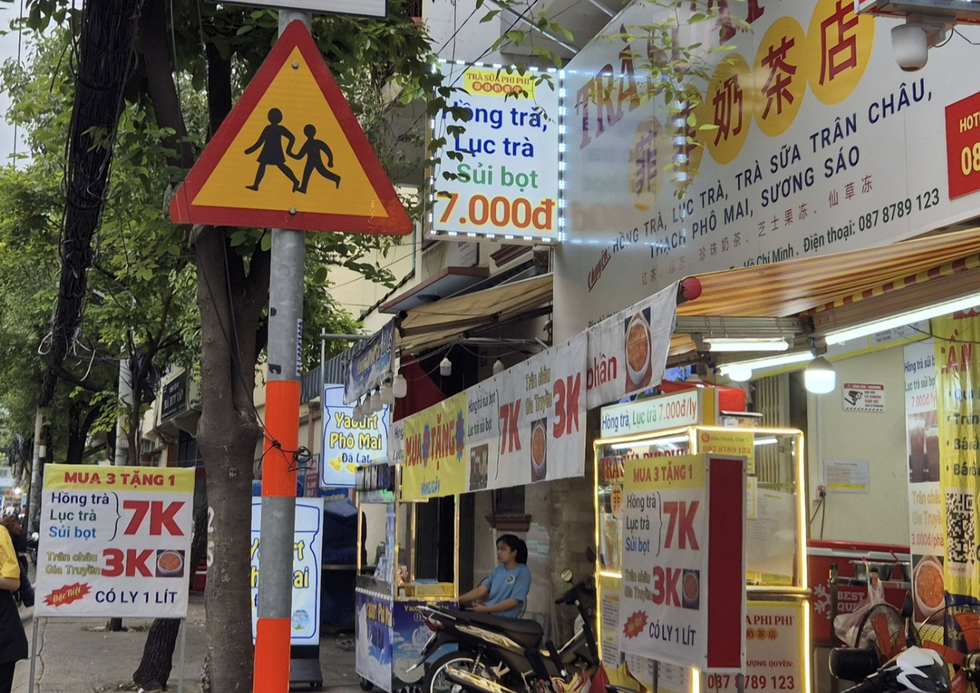
Experts predict that in the short term there will be a conversion of customers to new brands (Photo: DT).
With the new model, experts say that although it is in a fever, it also faces great risks.
First, profit margins are thin, making these units vulnerable. Small changes in raw material costs, labor costs, etc. can have a major impact on the model.
Second, the low-price model is also susceptible to internal devaluation. That is, many parties will offer lower prices to compete.
Not to mention, this segment of customers has low loyalty. Therefore, when another store opens, customers easily abandon and switch to a new brand experience.
Finally, with low output prices, these brands find it difficult to maintain quality. This is the biggest risk, according to experts, because in today's strong market elimination context, quality is the main factor to retain customers.
Source: https://dantri.com.vn/kinh-doanh/tra-sua-sieu-re-7000-dongly-lam-mua-lam-gio-o-tphcm-lo-diem-bat-ngo-20251106163653653.htm


![[Photo] Closing of the 14th Conference of the 13th Party Central Committee](https://vphoto.vietnam.vn/thumb/1200x675/vietnam/resource/IMAGE/2025/11/06/1762404919012_a1-bnd-5975-5183-jpg.webp)
![[Photo] Prime Minister Pham Minh Chinh receives the delegation of the Semiconductor Manufacturing International (SEMI)](https://vphoto.vietnam.vn/thumb/1200x675/vietnam/resource/IMAGE/2025/11/06/1762434628831_dsc-0219-jpg.webp)






































































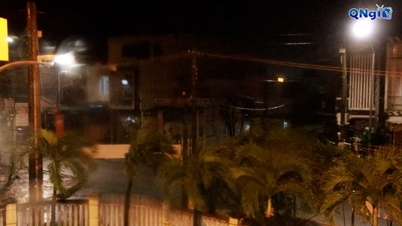
















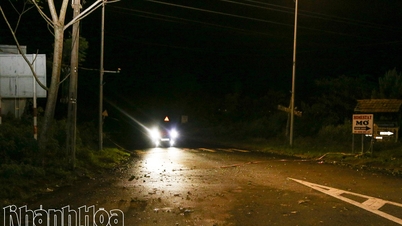

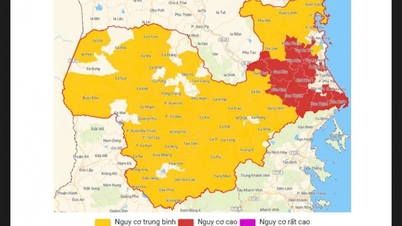




















Comment (0)